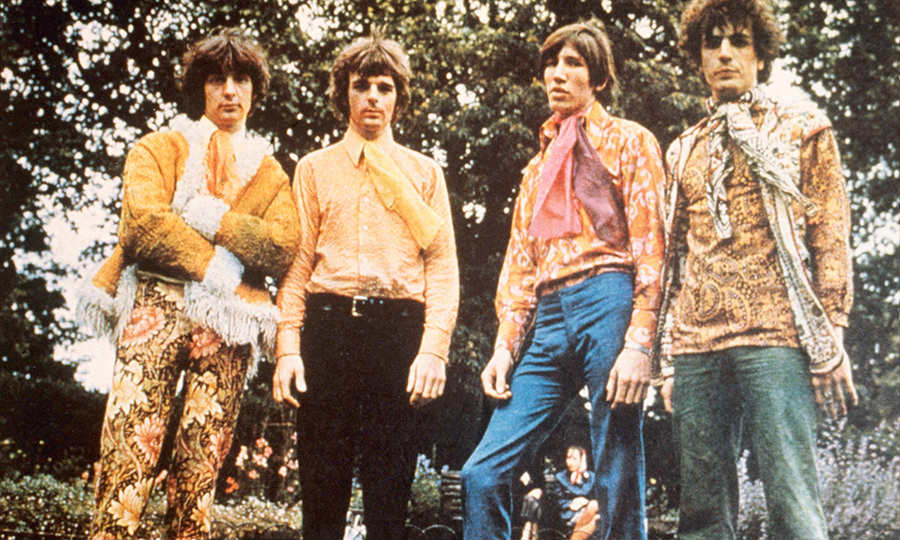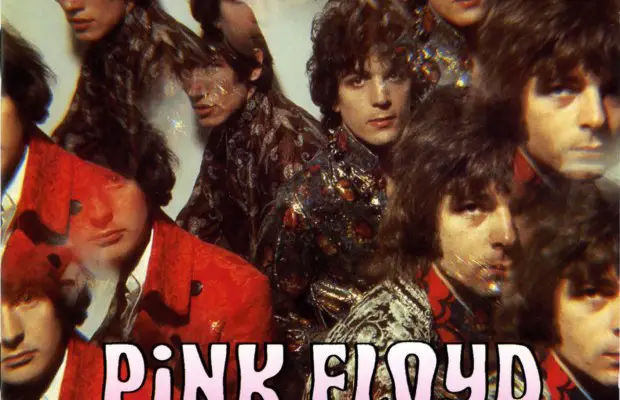The Piper at the Gates of Dawn Songs Ranked
The Piper at the Gates of Dawn is the debut album by English rock band Pink Floyd, the only album made under founding member Syd Barrett’s leadership. It was released on 5 August 1967 by EMI Columbia. The studio album borrows its name from the title of chapter seven of Kenneth Grahame’s 1908 novel The Wind in the Willows, which refers to the nature god Pan, who plays his pan pipes at dawn. The album was recorded at EMI Studios in London’s Abbey Road from February to May 1967. The band consisted of Barrett (lead vocals, lead guitar), Nick Mason (drums), Roger Waters (bass, vocals), and Richard Wright (keyboards, vocals). Barrett was the band’s primary songwriter, though two tracks on the album are credited to the band collectively and one track was written by Waters. The album was produced by Norman Smith, who would go on to produce two more albums for Pink Floyd. Here are all of The Piper at the Gates of Dawn songs ranked.
Don’t miss out on the TIMELESS Pink Floyd music below! Click to experience the power of Roger Waters!
10. The Scarecrow
“Scarecrow” also contains sparse minimalist orchestration with woodblock percussion, electric guitar and keyboards. It closes with a surprising lush string arrangement.
9. The Gnome
“The Gnome” is another one of these sorts of songs, but this one’s really creepy. On the surface, it’s completely harmless — the lyrics are a completely innocuous little story about a gnome named Grimble Gromble. However, the WAY that Syd sings them is positively disturbing. Anyone who’s heard that whispered, echoed “Look at the sky, look at the river / Isn’t it good?” line knows EXACTLY what I’m talking about.”

8. Take Up Thy Stethoscope and Walk
“Take Up Thy Stethoscope And Walk,” written by Roger Waters, fits into the album perfectly with its staccato vocals and bedlamic instrumental section. Historically, and in the language of LPs, “side one” ended here.”
See more: Pink Floyd Albums Ranked
7. Chapter 24
“Chapter 24″ comes straight from an Eastern religious tome, the Bhagavad Gita, which was an inspiration to many a hippie child of the era. What a beautiful and atmospheric song. One of my top four favorites on the album.”

6. Bike
“Bike” is a great singalong that features the crashing drums of Nick Mason. A bicycle bell can be heard clicking in the background as the tune ends with a cacophony of wind-up talking toys, sounding like ducks on acid. The album remains inexplicably fresh after well over thirty years, displaying the type of production that Pink Floyd would forever be known for.”
See more: Pink Floyd Songs Ranked
5. Flaming
“Flaming” sustains the whimsical and skewed beauty following a low dissonant rumble. Withholding the strumming acoustic guitar until the song has already built up somewhat represents a genius fulfillment of musical tension.”

4. Matilda Mother
“Matilda Mother” presents a completely different landscape. Initially lilting and wavering it develops into a twisted driving riff that ends with another lilting note punctuated by organ and ethereal vocals. “
3. Lucifer Sam
“A great guitar riff from Barrett in a James Bond spy type beat. The lyrics relate to a girl Syd knows who claims to be a witch. Matilda Mother: One of the albums best. Brilliant lyrics, and the music is some of Floyd’s best. Flaming: A happy song about being alone but being conent.”

2. Interstellar Overdrive
“Interstellar Overdrive” is an instrumental that begins with a powerful hook, but soon takes a left turn into psychedlic strangeness, before fizzling out. Comprised of nearly ten minutes of seemingly random riffing and fiddling, this track was often improvised live during Pink Floyd’s early years in places like The UFO Club.”
1. Astronomy Domine
“A slow fade up of rhythmic human speech, squelched by megaphone, opens the album. “Astronomy Domine” then builds up and explodes like a rocket blastoff, which remains appropriately congruent with its evocation of space travel, though the lyrics also reference gods (or planets) and Renaissance and Shakespearean figures, creating an enigmatic pastiche of technological and mythological wonder. Barrett’s slow descending “whooo” in the chorus suggests a slow dreamy descent”

